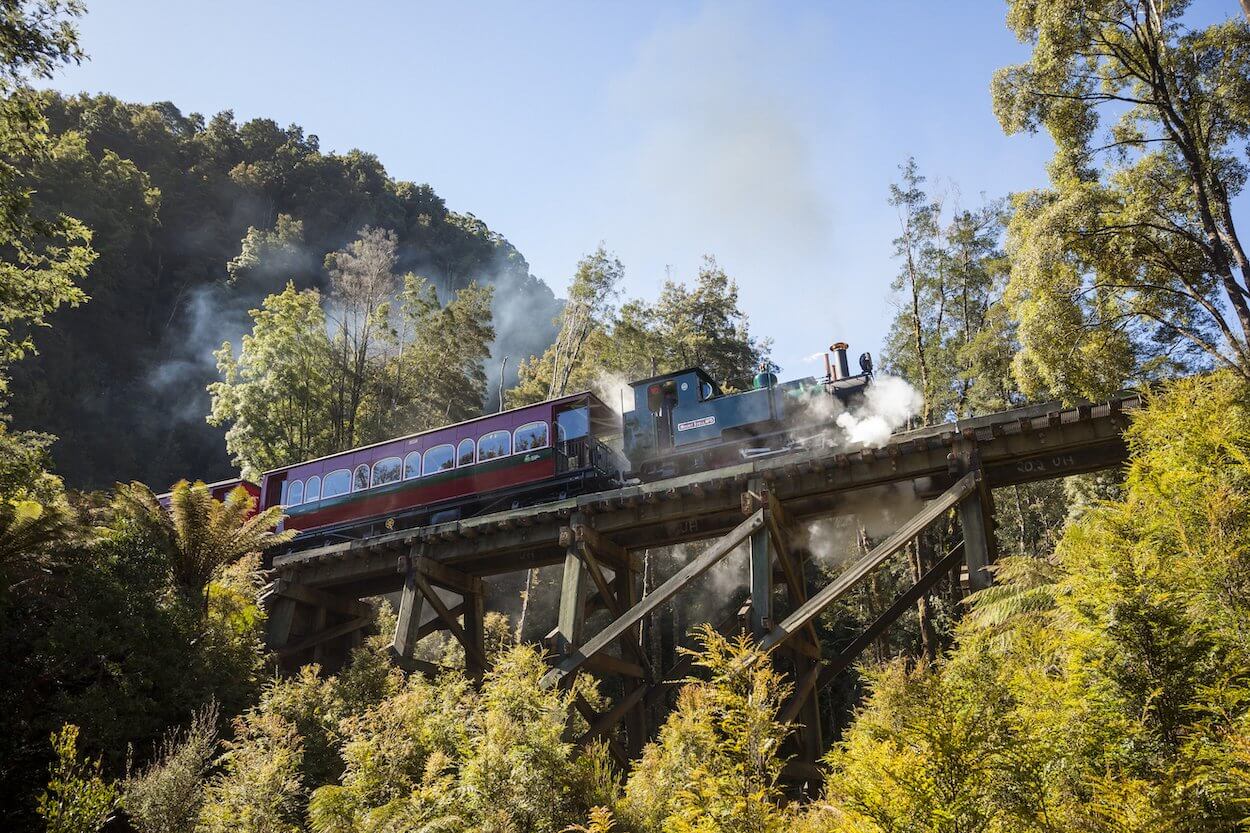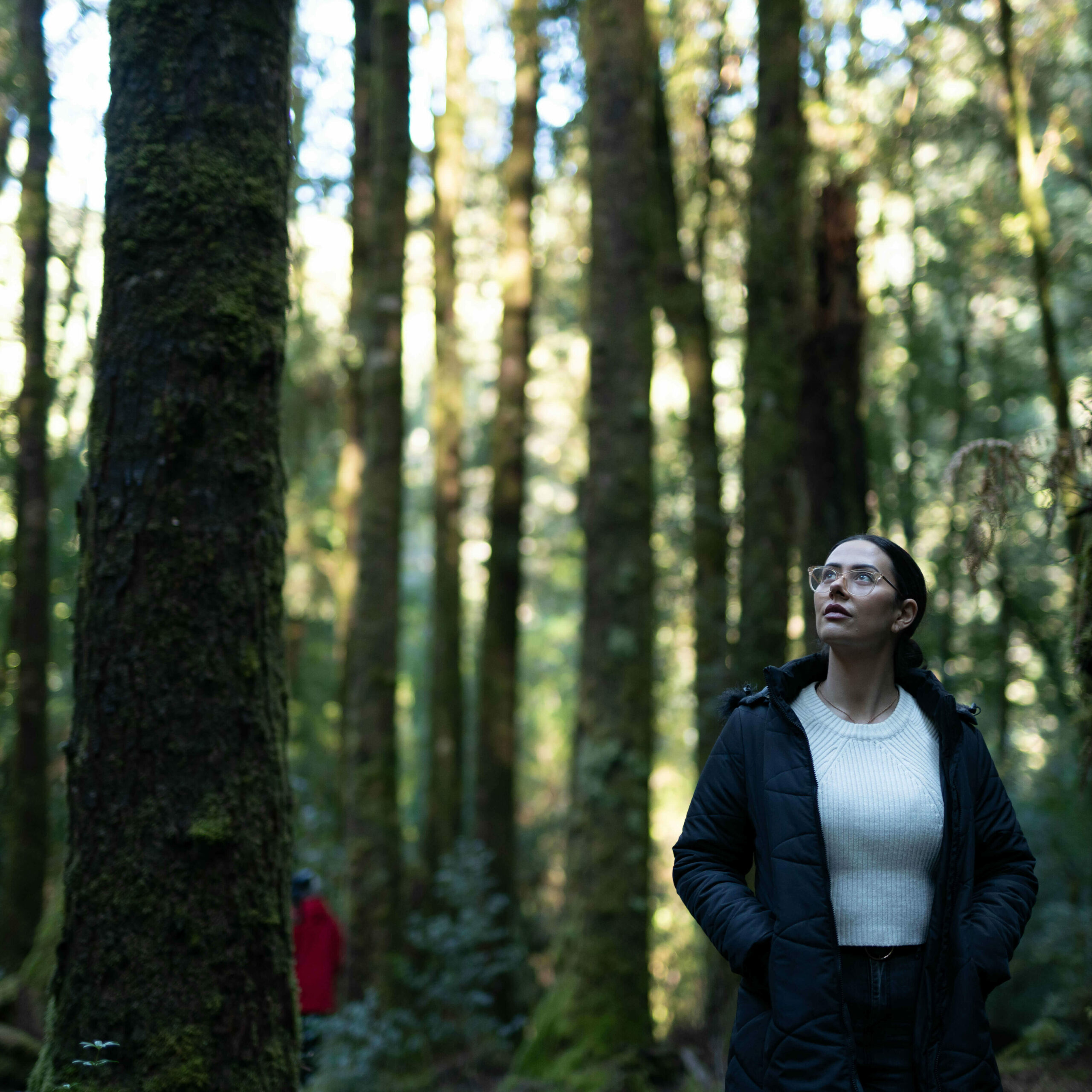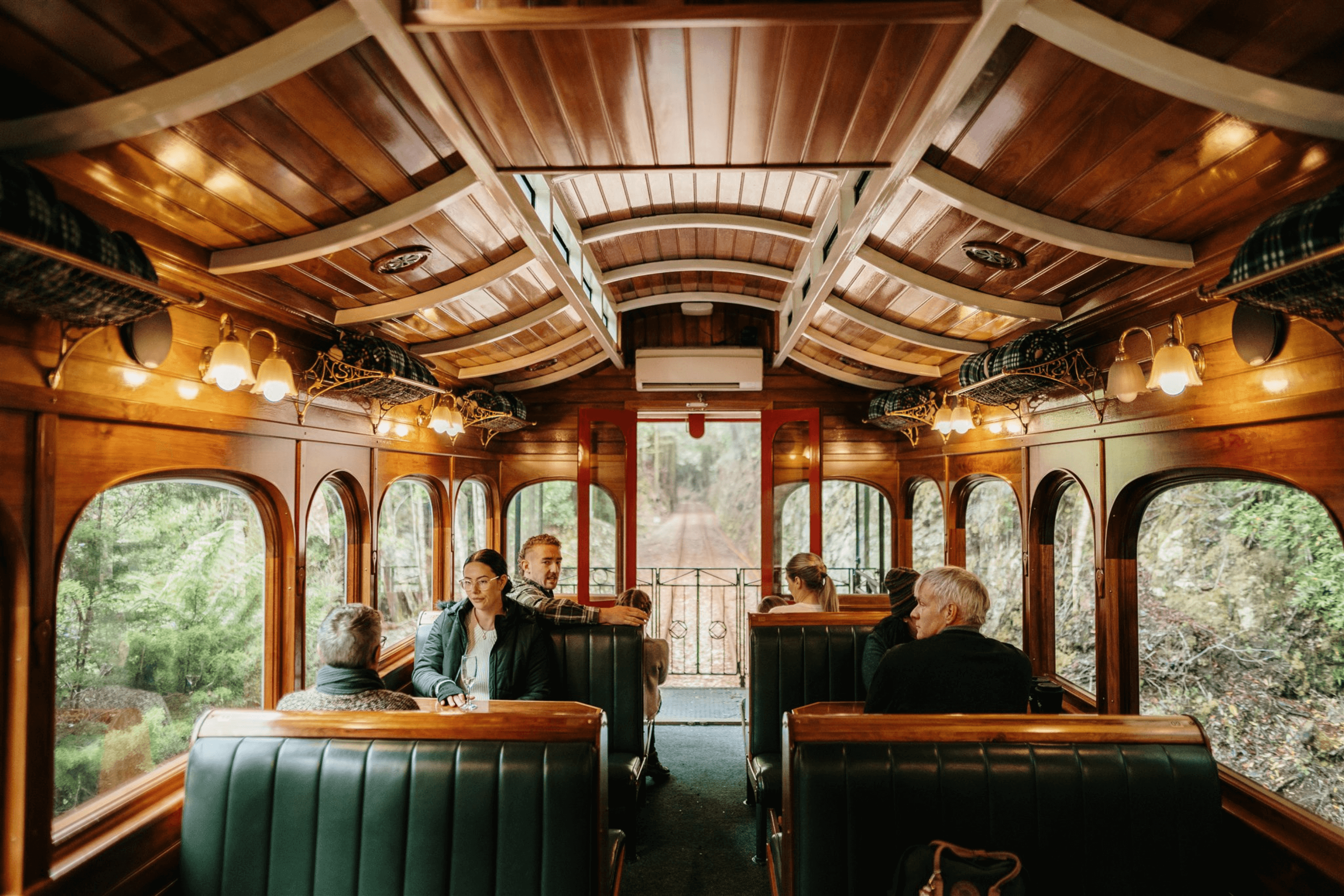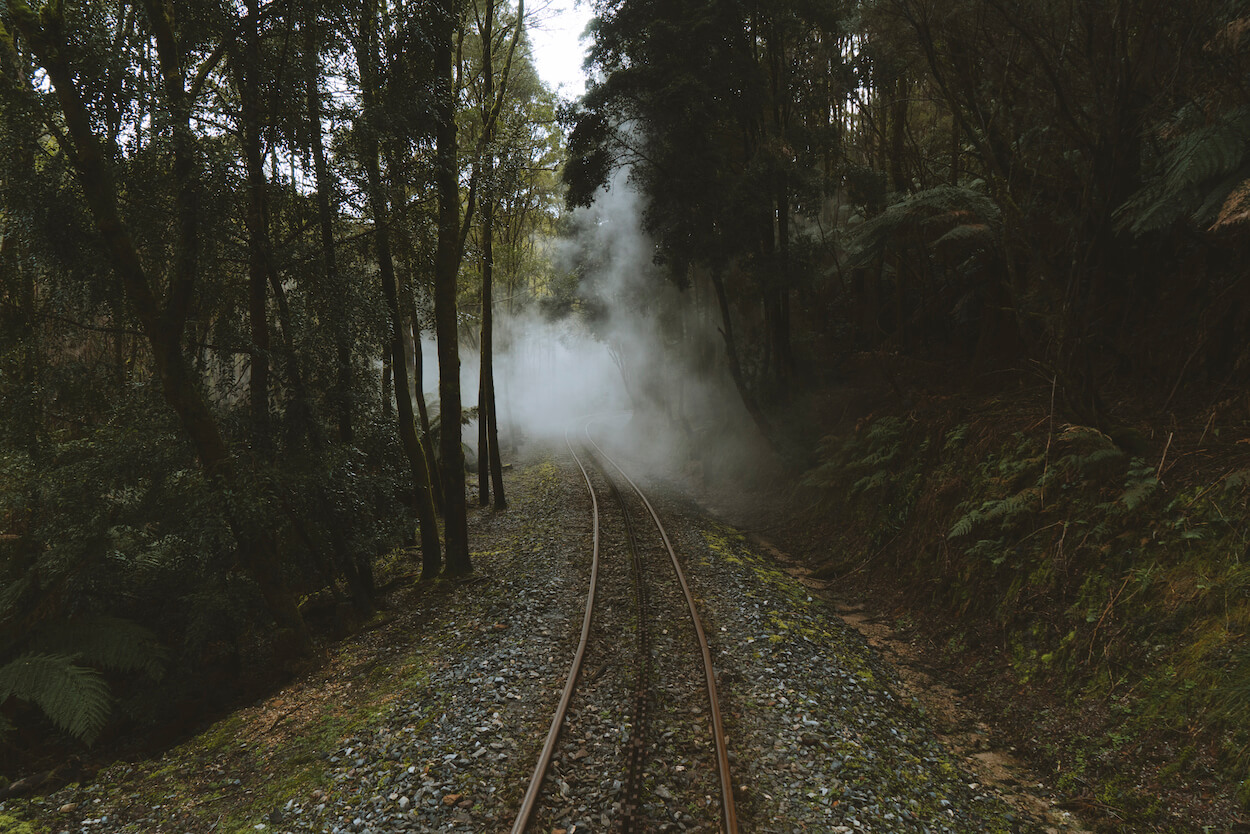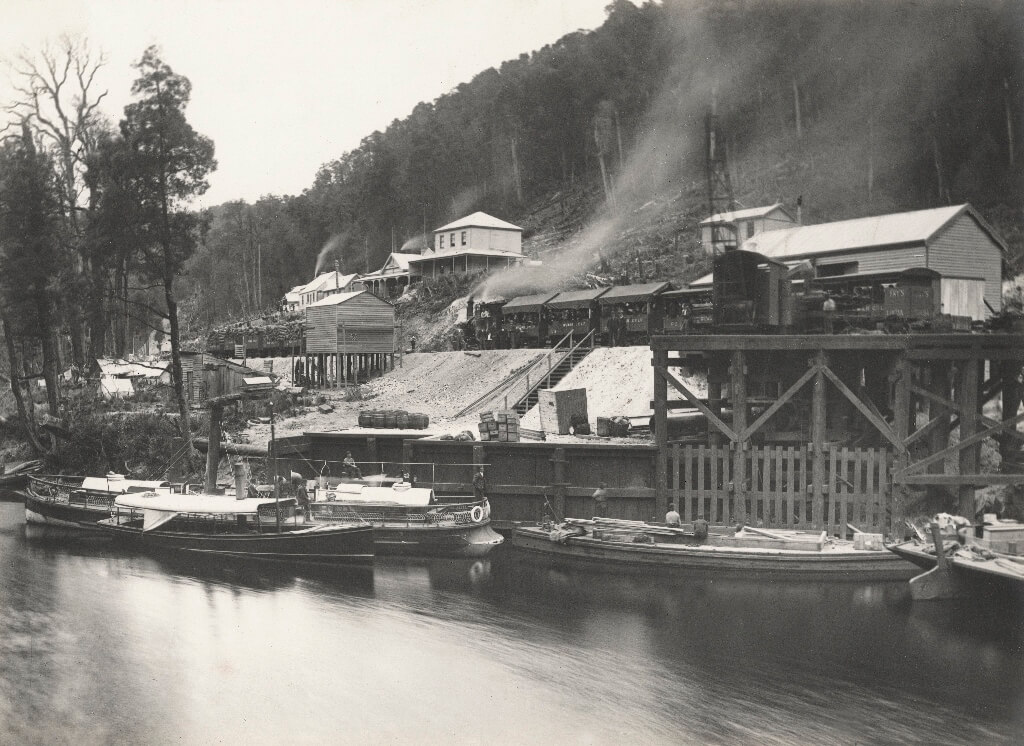West Coast Wilderness Railway was opened in 1896 with much fanfare. It changed the face of the West Coast and lutruwita/Tasmania almost overnight. Operating along the railway for the first 40-odd years were the Abt Locomotives. Each one had its own personality and story and all but one have returned to Queenstown since the railway was reopened in 2001.
ABT LOCOMOTIVE NO. 1
Status: Out of traffic
No. 1 was assembled at Camp Spur in 1896. It ran reliably until the railway’s closure in 1963 and was housed at a museum in Zeehan before returning to the railway in 2001 as the second locomotive to return. It remains in use and on loan from the Tasmanian Museum and Art Gallery.
It was in operation from 2001 until late 2023. It currently requires a rack engine rebuild to enable its return to traffic. We hope to secure funding for this work in 24/25.
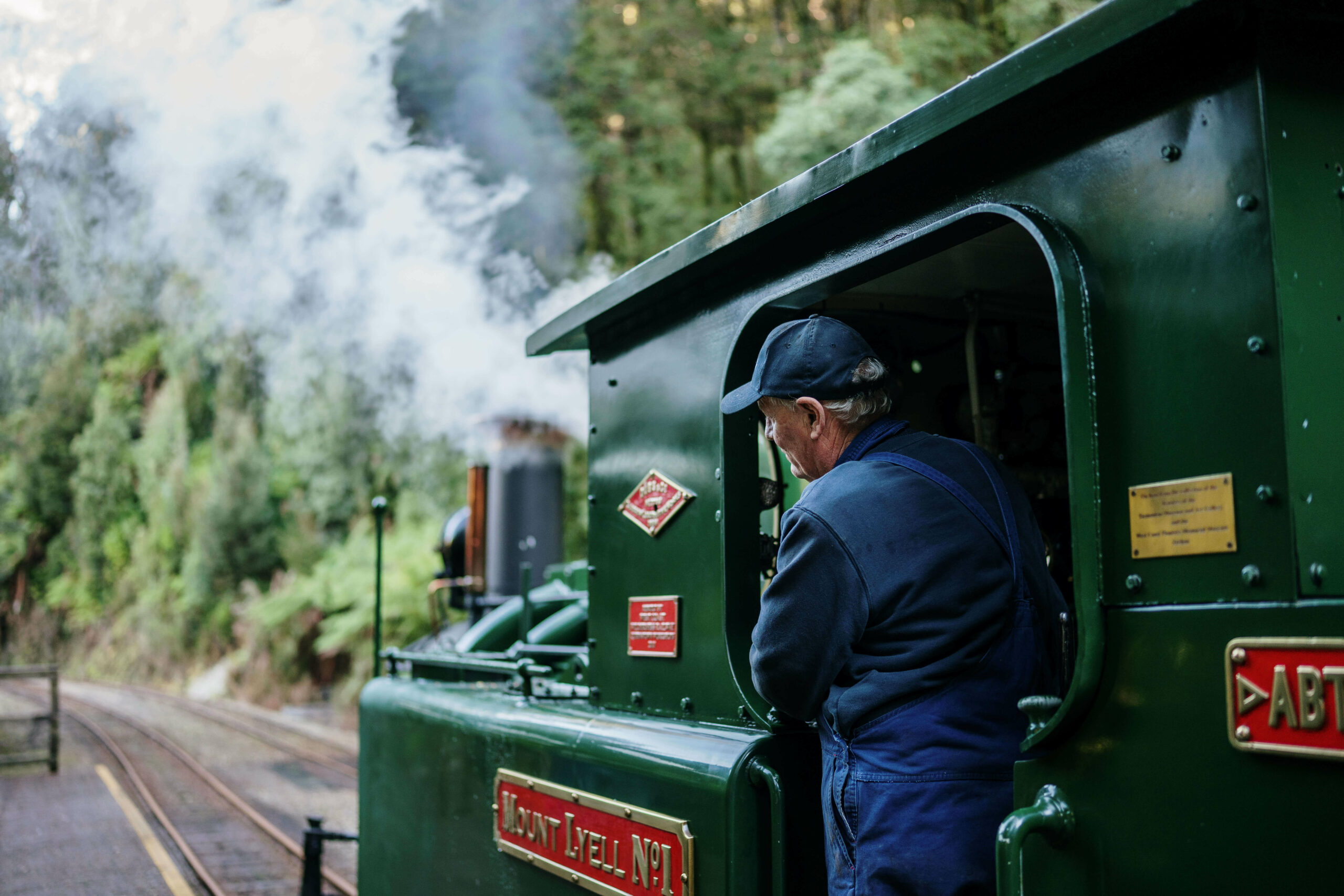
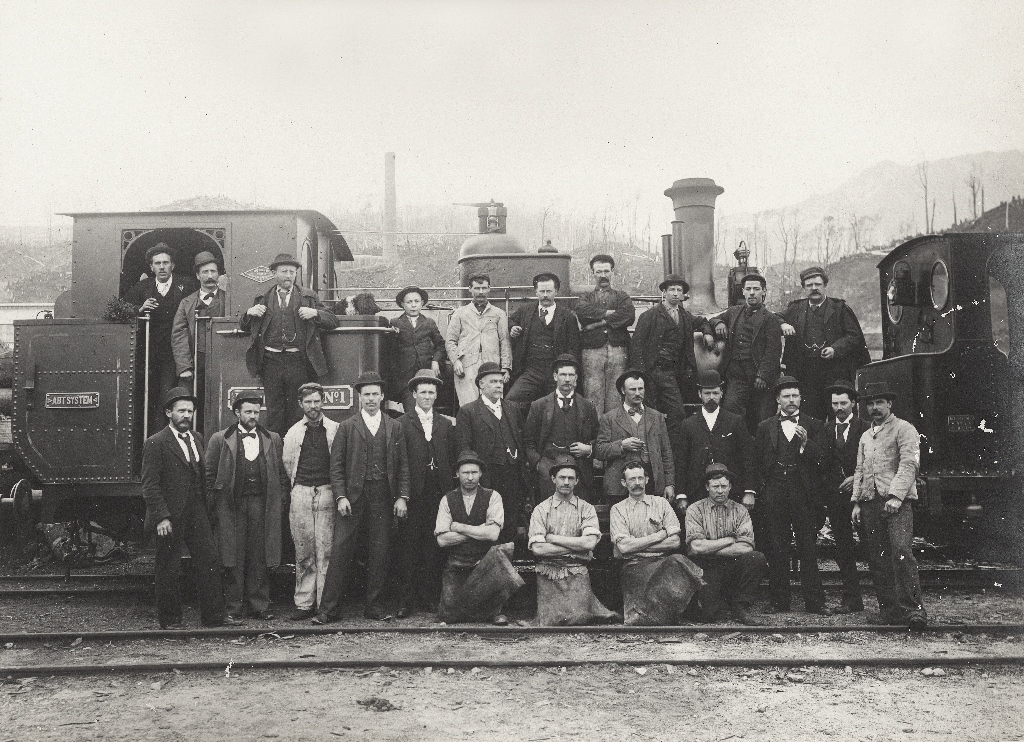
ABT LOCOMOTIVE NO. 2
Status: Preparing to return to service
No. 2 was sunk at Hell’s Gates before reaching Strahan, sparking a massive rescue mission. After a (mostly) successful recovery, she ran from 1899 until the line was closed in 1963.
No. 2 was purchased from the Tasmanian Transport Museum in 2019 and has undergone a full restoration at The Engineering Co. in Somerset, Tasmania. It returned to Queenstown in 2023 to undergo trials. Kinks are par for the course when you’re 125+ years old and we’ve been working through these methodically with trials expected to commence in March/April 2024.
Image kindly supplied by Australian Railway Historic Society.
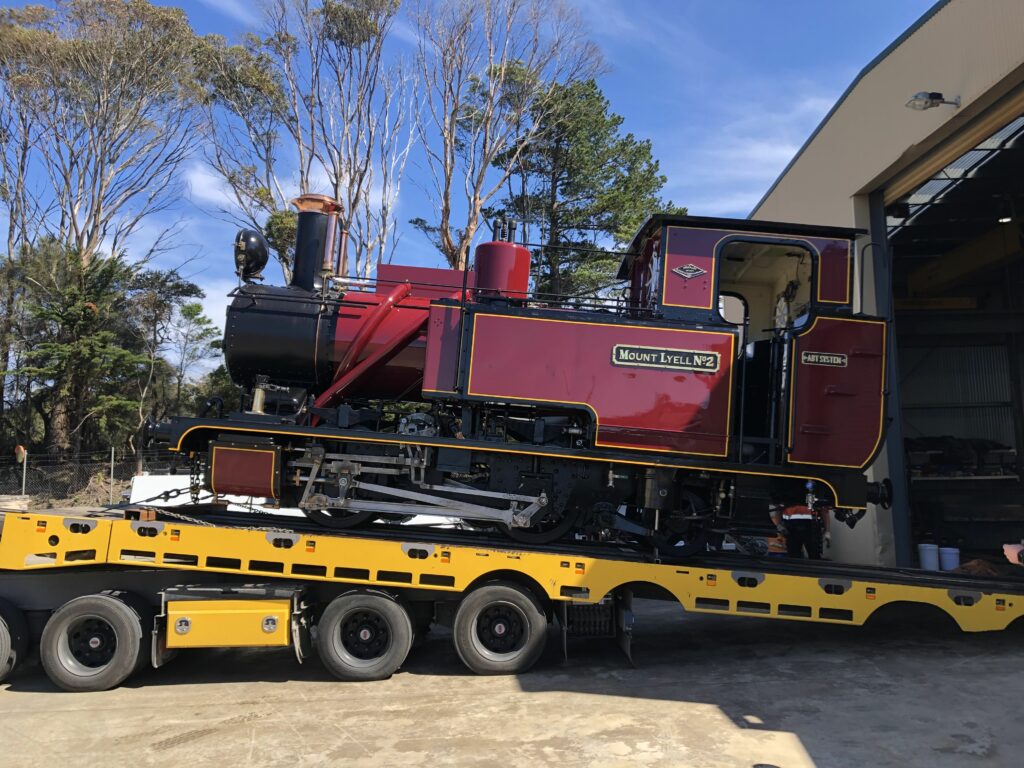
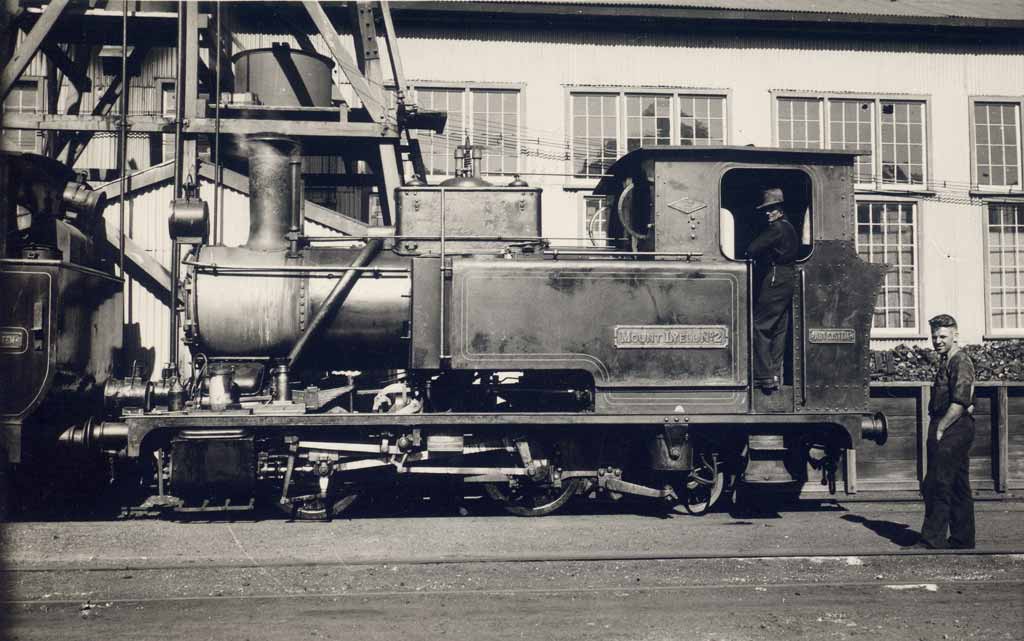
ABT LOCOMOTIVE NO. 3
Status: In service
No. 3 played a heroic part in the 1912 mining disaster and its boiler was said to have glowed red in the race from Zeehan to Queenstown to rescue trapped miners. It was kept in Queenstown after the railway closure in 1963 and was the first locomotive returned to service on its reopening.
No. 3 has been consistently in service since 2002 and has recently completed regulatory boiler maintenance, returning to service in January 2024.
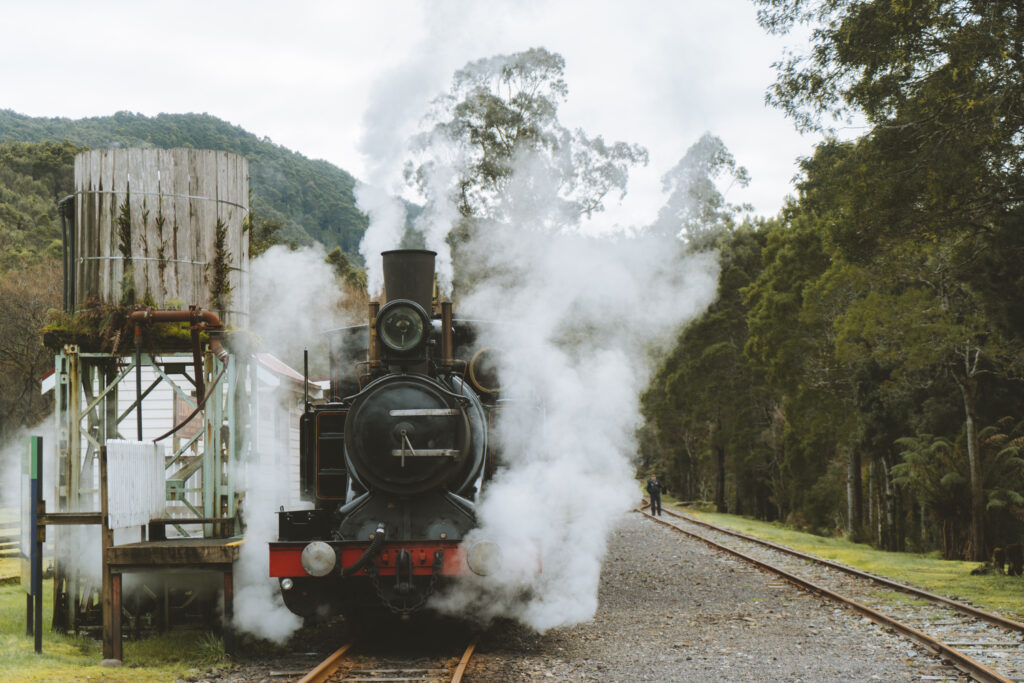
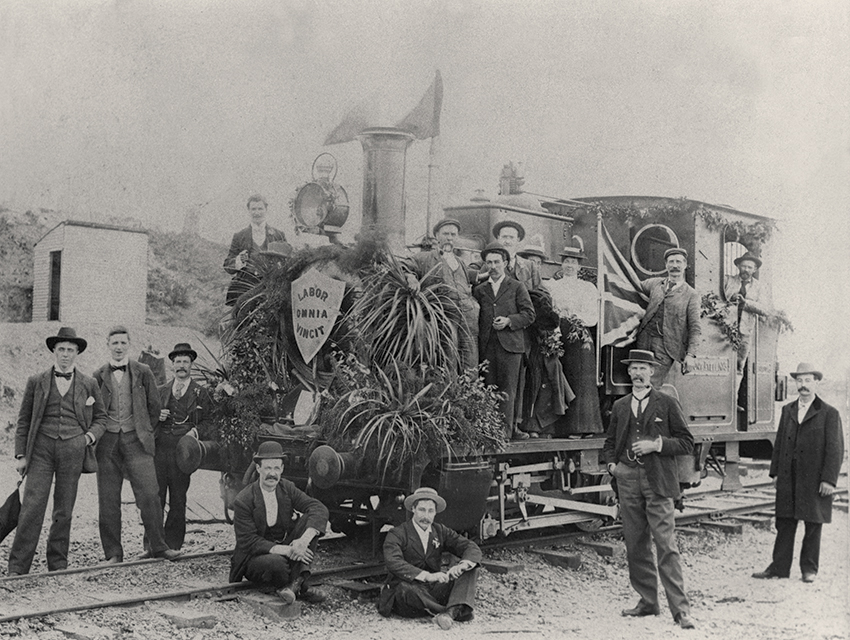
ABT LOCOMOTIVE NO. 4
Status: Permanently out of service
No. 4 was a disappointment to many and was widely recognised as being completely unreliable. She even managed to break down on her first run! After years of frustration and fury, she was scrapped in 1963 and today lies unceremoniously at the bottom of a local gully.
Image kindly supplied by Australian Railway Historic Society.
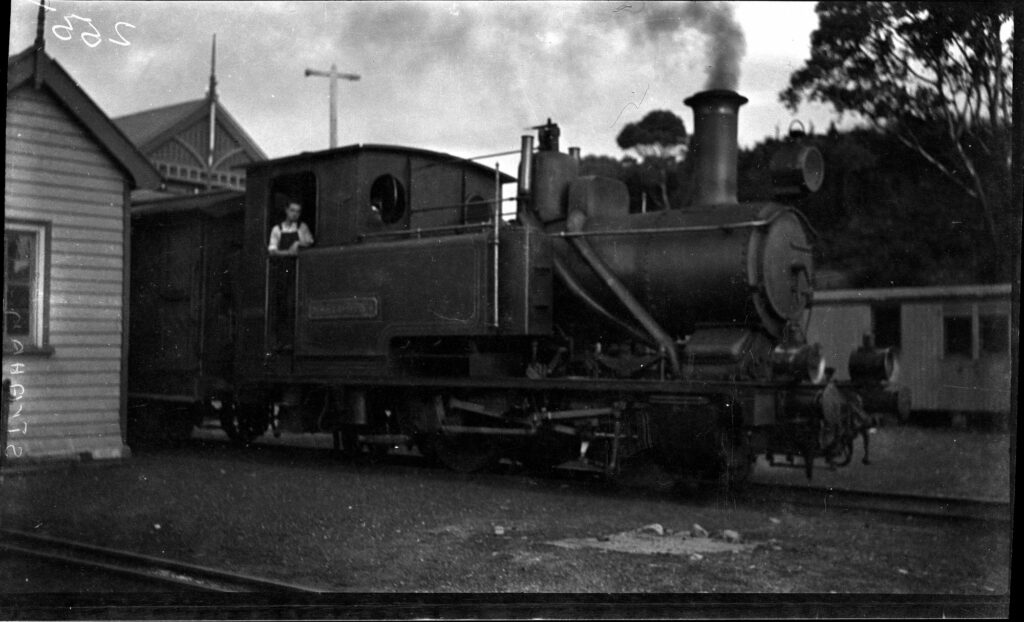
ABT LOCOMOTIVE NO. 5
Status: Out of traffic
The baby of the family, No. 5 was built by the North British Locomotive Co. in 1938, 5 years after road access was established between Queenstown and Hobart. No. 5 was housed at Puffing Billy Museum between 1963 and 2006, whereupon it re-entered service back on the West Coast.
No. 5 admirably held the fort as the only steam locomotive in service after the COVID pandemic in 2020. Regulatory boiler maintenance in 2022 uncovered extensive repair work required for it to return to regular service, for which additional funding is required.
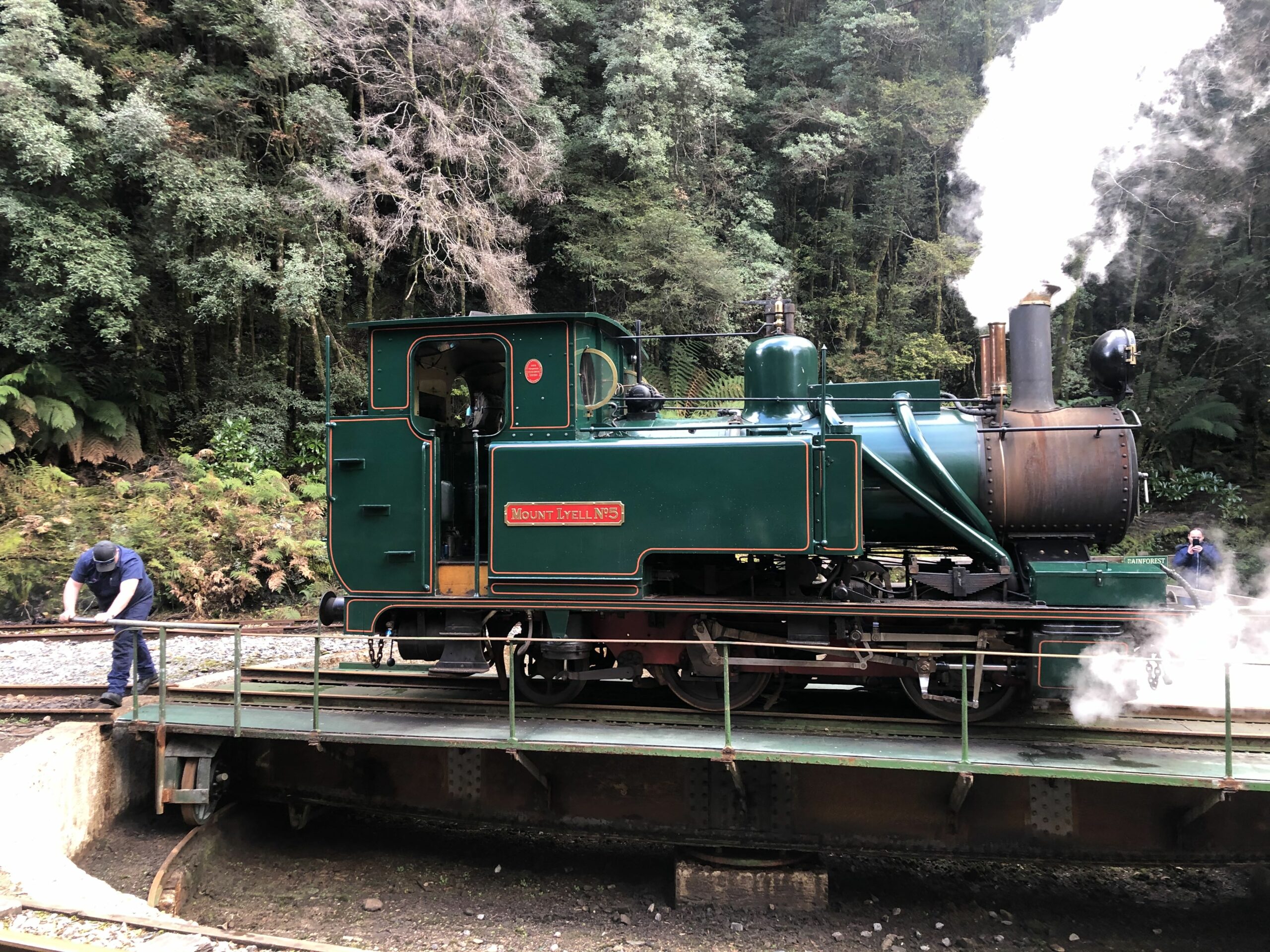
West Coast Wilderness Railway also operates 1950’s heritage Drewry diesel locomotives from Strahan and occasionally in place of steam services if maintenance requires. These engines are just as integral to our operation. Read more here.
